Cosmetic Surgery, an Art & a Misunderstood Profession!
Cosmetic Surgery is often marketed as Minor, or Weekend Surgeries, but It can be as serious as Heart Surgery!

WHY DON'T PATIENTS THAT GO TO EXCELLENT COSMETIC SURGEONS ALWAYS HAVE THE OUTCOMES THEY WANT?
Idiosyncrasies of cosmetic surgery…
What makes cosmetic surgery very different from any other field of surgery?
LIMITATIONS OF THE SURGEON:
Cosmetic surgery is an interesting field! Opposite to the common belief that the outcome of cosmetic surgeries only depends on the surgeon’s skills and abilities, that is not true.
RESPONSIBILITY OF THE PATIENTS TO SELF EDUCATE:
It is every patient’s responsibility to educate himself/herself adequately before surgery. They must educate themselves about the limitations of a cosmetic surgeon’s abilities in general by performing the procedure that they are interested in, the limitations of the particular cosmetic surgery procedure in terms of its results, potential known complications of the surgery they are about to have, and then they would have the choice to have it or not.

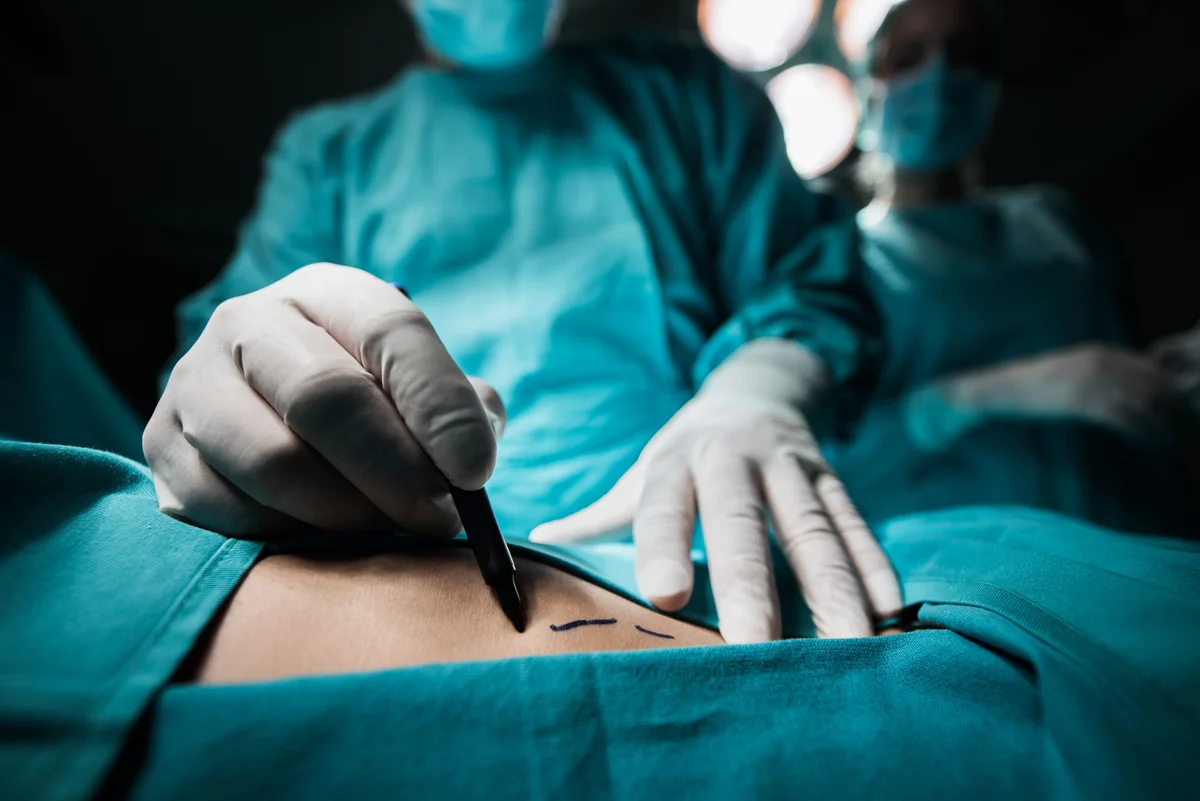
TAKING FULL RESPONSIBILITY FOR THE OUTCOME:
If they do not want to take the risk of having any of the known potential complications of the surgery, they should not have the surgery whatsoever. Patients must be willing to take full responsibility for their decision and their part, which is extensive and very serious. It is a very serious decision to have cosmetic surgery. It is taking a perfectly healthy body, and putting it through invasive, risky procedures with all types of known and potentially unknown and even possibly unexpected complications in the hopes of having a better subjective appearance. Better appearance than whom, and in whose eyes, and by what standards? When you think about it, it is a pretty risky undertaking, hoping for something uncertain!
Cosmetic surgery is unfortunately a type of surgery that is prone to all types of issues that could result in patients being less than totally happy at the end, despite a surgeon’s excellent work.
Outside of what the surgeon and the staff tell a patient, it is the responsibility of the patient to do his/her own research, educate himself/herself, take total responsibility for his/her part of the equation, and not to blame others for his/her own lack of education, knowledge, or irresponsibility.
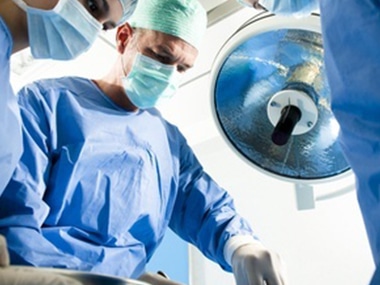
HAPPINESS IS NOT THE GOAL!
There are a multitude of issues that result in cosmetic surgery patients, despite the excellent work of their surgeons, not ultimately being perfectly satisfied with their outcomes. The outcome of a cosmetic surgery procedure depends on a multitude of factors besides the cosmetic surgeon’s capabilities. I did my absolute best for every patient, but I also on occasion had patients who had less than their ideal outcomes. These factors include but are not limited to the nature of the procedure being performed, its level of complexity, the pre-existing scarring in the area of surgery, the patient’s predisposition to scarring, the patient’s genetics, the patient’s physiology such as immune system function (natural defense of the body against infections), patient’s possible allergy to suture, surgical tapes or implanted materials, preexisting medical conditions, quality of the patient’s diet and nutritional status, patient’s use of herbs, alcohol, drugs, and tobacco, patients not following pre and post-operative instructions correctly, potential accidents or untoward occurrences that could jeopardize the surgery or surgical site during or after surgery, other individuals’ actions other than those of the surgeon’s, errors by other surgeons or medical staff, and many more.
On the other hand, Cosmetic surgery is very different than most other surgeries in one distinct aspect. While most surgeries are intended to treat pathology, and once performed, there is no subjectivity for the most part, cosmetic surgery patients’ level of satisfaction depends on how the patient feels about the results of the surgeries, and it is extremely subjective.

THERE ARE ABSOLUTELY NO GUARANTEES!
While cosmetic surgeons cannot ever guarantee results, and how the surgeries will heal, or even if the patients will be happy with the results, some patients will never be happy no matter how great the results are.
Minimally invasive procedures are just as much “real surgeries” as are open heart surgeries. All these promotional attempts to downplay endoscopic procedures, small incision procedures, and liposuction surgery, as if they are not risky surgery may make it sound like they are not “real surgeries”, hence give patients a false sense of security. I hear a lot of conversation about minimally invasive procedures being safe, as if “not real surgeries”. This has resulted in patients taking them less seriously, especially liposuction surgeries. Liposuction with its small incisions is still a major procedure. There are hundreds of tunnels being made under the skin which are not visible to your eyes and the skin is undermined. This can expose you to substantial risks. There are no minor procedures. Once you have an incision, or any scratch or break in your skin, which is the protection of the body against foreign infections, or any break in the skin, it leaves you vulnerable to infections. What is extremely dangerous is if you have foreign objects such as permanent stitches, implants, or any others, it becomes extremely challenging to irradicate the infection from the tissues immediately surrounding these objects as they become a source of harboring the bacteria. You must be extremely careful to follow every instruction of your surgeon to prevent an infection, especially if you have any of these foreign objects and that is the case for life. For example, a simple tooth infection can result in having the bacteria becoming blood born and next thing you know it could land around your breast implants, stitches, or other foreign subcutaneous objects, resulting in all types of problems.
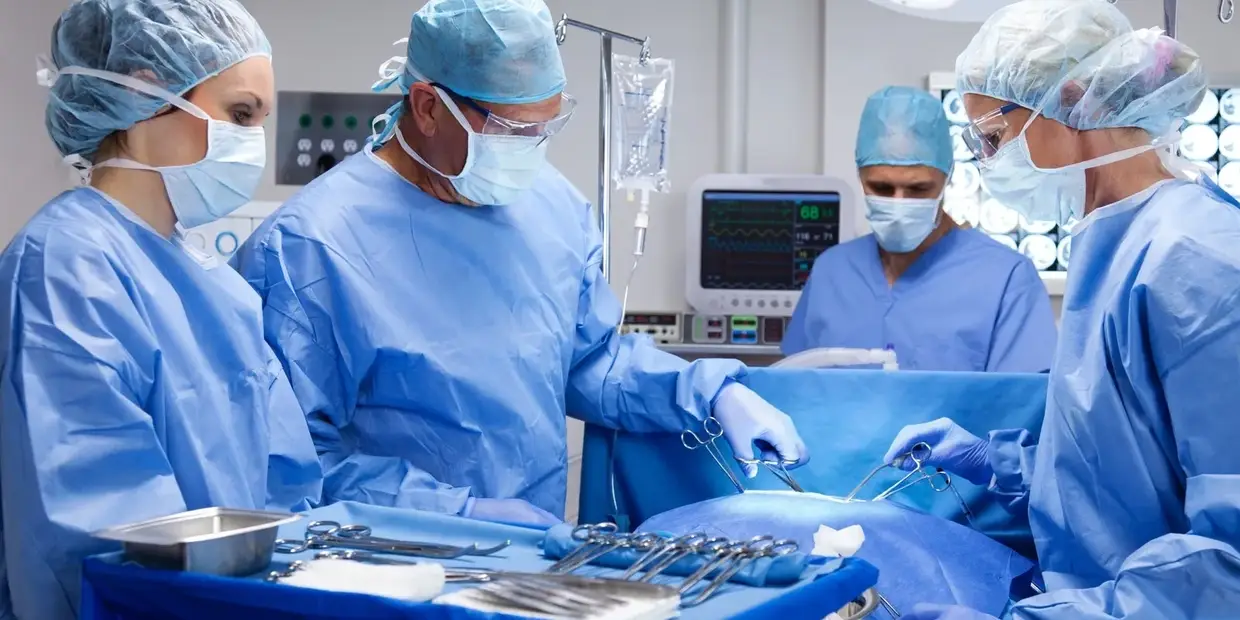
WHY DO YOU WANT TO HAVE COSMETIC SURGERY?
DISCUSS YOUR PLANS OF HAVING COSMETIC SURGERY WITH YOUR PSYCHOTHERAPIST. MAKE SURE YOUR VIEW OF REALITY MATCHES THAT OF OTHERS! ARE YOU SURE YOU LOOK OLD, FAT, UGLY, SAD, ETC? THOSE ARE NOT THE REASONS TO HAVE COSMETIC SURG
For example, there are those patients who have a condition called Body Dysmorphic Disorder who may look in the mirror and see themselves as being overweight or fat and seek cosmetic surgery for that purpose. These individuals in fact may have a small pocket of fat in the lower area of their abdomen and they may have a liposuction procedure to remove this small amount of fat. However, after the fat is removed, and the patient’s abdomen is washboard flat, the patient still looks in the mirror and still sees a fat person. This disconnection from reality causes a huge problem for the patient and the surgeon. Neither the patient will ever be happy, nor the surgeon can ever make the patient happy.
HAVE SURGERY ONLY FOR YOUR OWN SATISFACTION
Another huge problematic situation arises when someone decides to have a cosmetic procedure for a secondary reason other than the primary reason which should be the actual result of the cosmetic surgery.
For example, imagine a woman who is growing older, and finds out that her husband is cheating on her with his young secretary. She may decide that if she has a bunch of cosmetic surgeries on her face to rejuvenate herself, he is going to find her attractive again and stop cheating. After all the cosmetic surgery is done, the husband continues to be the cheating scumbag that he is.
However, the wife may suddenly develop a belief that the reason the husband is still cheating is because she has a few residual lines and wrinkles, she does not look young enough and that’s because the surgeries were not done good enough. She may claim the reason her husband is cheating is that she does not look young enough and that is the surgeon’s fault.
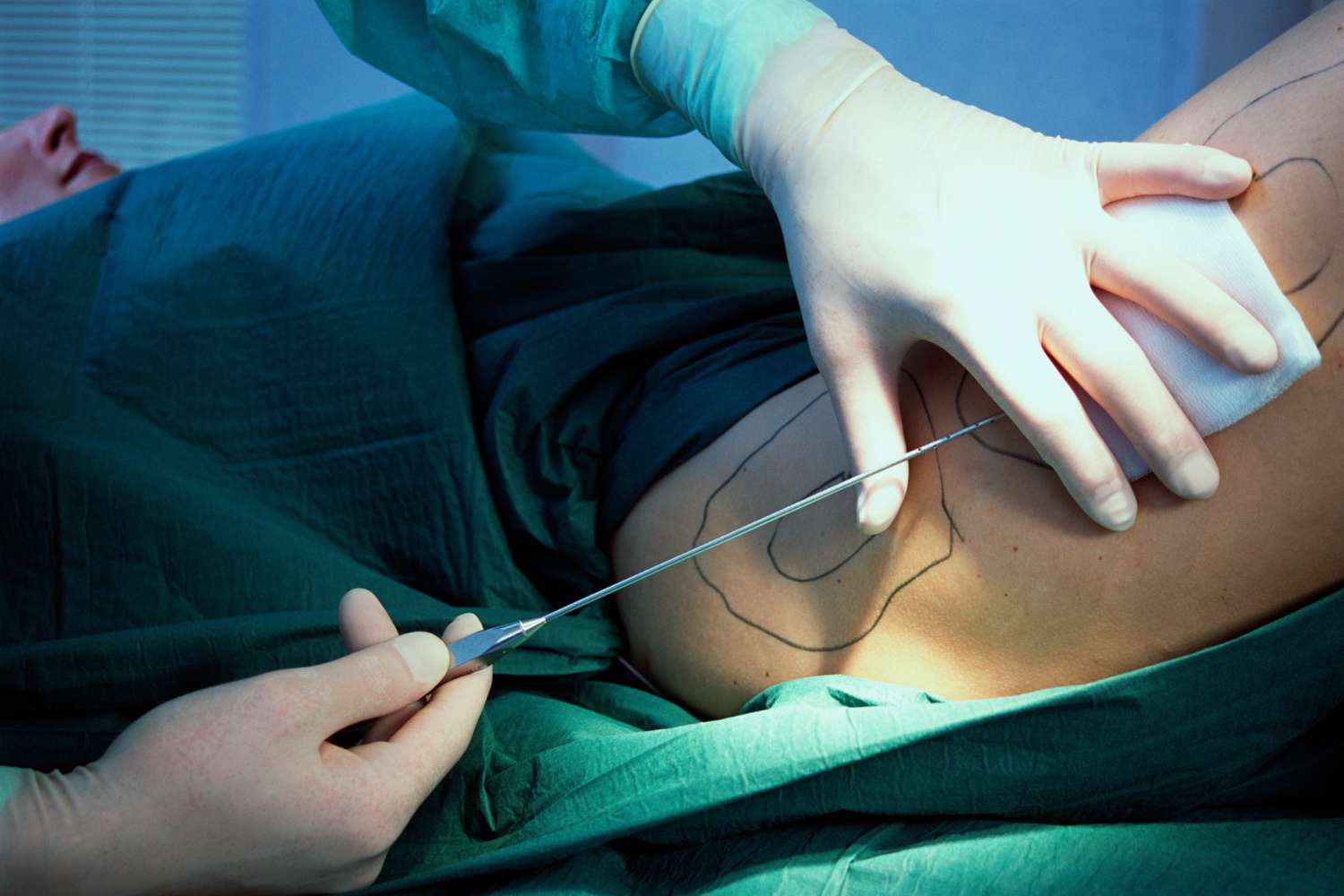
HAVING REALISTIC EXPECTATIONS
Another issue is unrealistic expectations. For example, an individual may seek to have cosmetic surgery expecting to look like a certain favorite actress to whom she thinks she has a certain amount of resemblance. This is most likely not going to happen. That is an unrealistic expectation!
KNOWING THE REALISTC RANGE OF POSSIBLE OUTCOME OF EACH PROCEDURE
So, is it a realistic expectation if a patient expects a certain amount of improvement after surgery that is above and beyond the realistic realm of possibility of the procedure? Looking at the before and after pictures, and in the opinion of everyone else looking at them, “the result of surgery may be excellent, but not to the level of the expectation of the patient”. In this situation, the patient will not be happy, and it is because the patient believes that the surgeon did not do a “good enough job” of giving her the results to her “expected levels”.
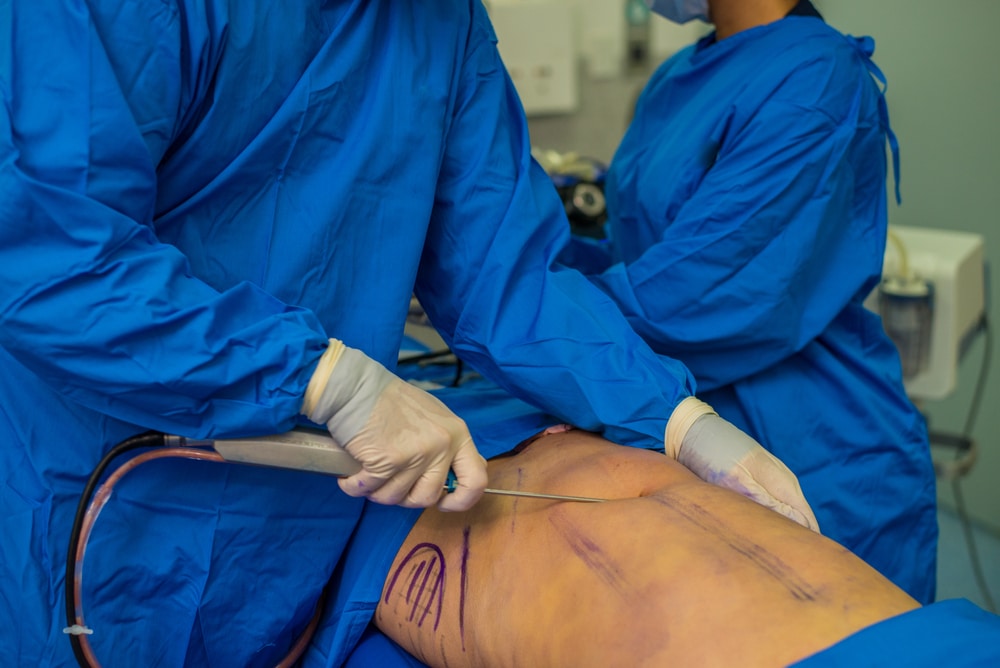
CHOOSING BREAST IMPLANTS / GETTING BREAST AUGMENTATION AND DECIDING ON THE CORRECT SIZE
Another situation is when patients decide on one procedure, and then they change their mind after the procedure is done. For example, a tall, large-framed patient may decide that against the surgeon’s advice, she does not want to have 600cc breast implants that the surgeon feels fit her frame. She disagrees with the opinion of the surgeon because she does not want to look “like a prostitute”, she chooses 400cc implants. Hence, in her medical record, her choice of 400cc breast implants will be indicated. When weeks later she comes in to have surgery, she does not recall much that has occurred in the consultation with her surgeon. She will undergo surgery. The surgery will go well. After everything is said and done, she heals well, and the swelling is gone. She suddenly realizes that her breasts have not changed enough after all, and she is not happy. Now, there is a problem. Even though she was warned by the surgeon ahead of time and she did not listen, she blames the surgeon for her dissatisfaction and “small breasts”.
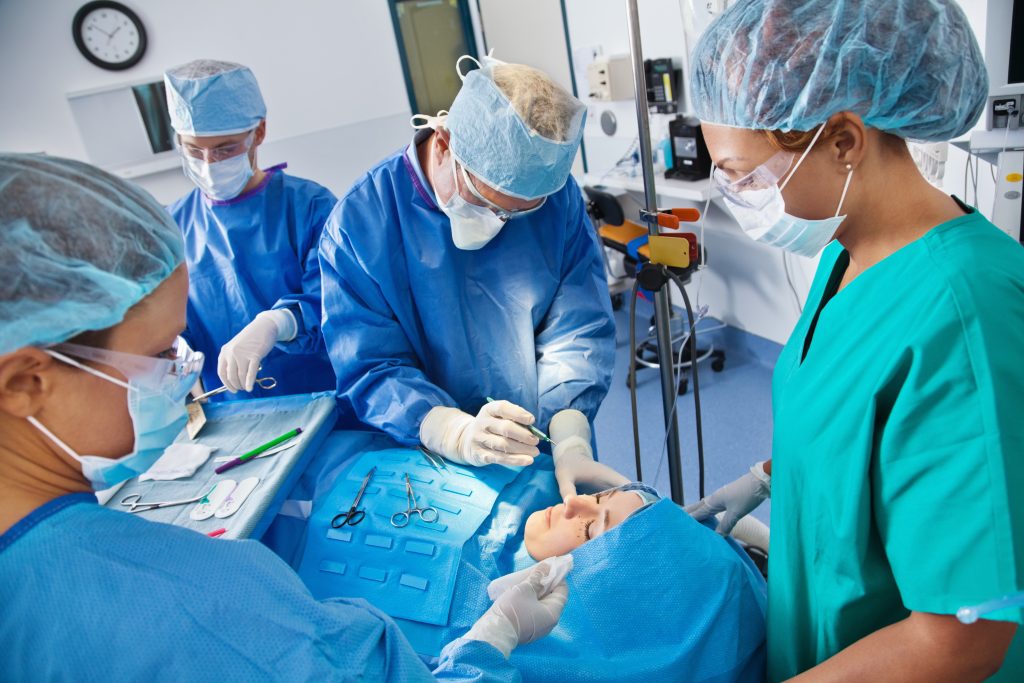
KNOW IF YOU HAVE GENETIC RISK OF SCAR FORMATION AHEAD OF TIME
Another situation is when patients have a predisposition to forming scars or keloids. These individuals often end up with unsightly scars at the incision lines. These scars usually end up diminishing the cosmetic value of the surgeries to the patients, and perhaps to their significant others. Certain genetics and ethnicities, such as dark-skinned individuals, are known to be predisposed to hypertrophic scars and keloid formations. These genetic and ethnic groups include those with darker skin color individuals like African Americans, Hispanics, Middle Easterners, Arabs, and others.
ALLERGY TO VARIOUS CHEMICALS, KNOWN OR UNKNOWN
Another situation could be when individuals may be allergic to suture (stitches) or implant material. They may develop inflammation, scarring, infection, wound breakdown, or all types of complications jeopardizing the outcome of the surgery.
NOT GETTING THE WOUNDS WET
Taking a shower or bath too early after surgery against the surgeon’s advice may result in bacteria as contaminants find their way into the wound and cause infections which eventually may jeopardize the results of the surgery.
FOLLOWING EVERY INSTRUCTION PERFECTLY
Not following the instructions on how to prepare for the surgery, take care of the wounds or drains, take the antibiotic, or any other preoperative or postoperative instructions may jeopardize the results as well.
IN THOSE PATIENTS WITH A GENETIC PREDISPOSITION TO SCAR FORMATION, WHO ARE A LARGE PERCENTAGE OF HUMAN POPULATION, POOR COSMETIC SURGERY RESULTS COULD BE EXTREMELY LIKELY.
Unsightly scarring is especially terrible in those who have liposuction and other types of cosmetic surgeries such as abdominoplasties and facelifts where the scars are under the skin and in the subcutaneous tissues. The overgrowth of the scar tissues, although not visible, could cause deformities of the skin overlying these scar tissues. These deformities could include but not be limited to dimpling, indentations, retractions, lumps, bumps, and irregularities, among many others.
EVEN THOUGH YOU DO NOT SEE LARGE INCISIONS, LIPOSUCTION IS AN EXTREMELY SERIOUS SURGERY! IF YOU NEGLECT YOUR SURGEON’S ADVICE OR DO NOT FOLLOW EVERY INSTRUCTION ONE HUNDRED PERCENT PERFECTLY, YOU COULD CAUSE A DISASTER!
Another issue is specific to liposuction and fat transfer. These two procedures are magical and amazing. They are transformative, they can change one’s body appearance completely, creating a perfect hourglass feminine figure in the ideal candidate with no complications. Just like facelifts, nose surgeries, facial procedures, breast surgeries, and other body contouring surgeries, I have performed hundreds of these procedures as well and have had hundreds of ecstatic patients who have kept on referring patients over the years. They can change patients’ lives for the better. But the challenges are also quite concerning at times, and most of the time, they are caused by explainable physiological reasons.
LIPOSUCTION & FAT TRANSFER IRREGULARITIES
When tumescent liposuction is performed, tumescent fluid which is a combination of Lidocaine, an anesthetic, and Epinephrine in Saline is injected into the fatty tissues under the skin in the deeper fatty subcutaneous layer which is held to the skin and muscles in the deeper layers by fibrous tissues. Then using various cannulas, the fat is removed. While doing this, hundreds of hollow tunnels are created where the fat used to be. After the fat is removed the patient is instructed to wear tight liposuction garments that are meant to collapse these hollow tunnels preventing the accumulation of fluids and allowing the skin overlying the area of surgery to shrink and create a beautiful and tight contour according to the contour of the special liposuction garment. If the patients fail to wear the correct garments, for the correct amount of time, in the right way, and fail to follow the exact post-operative instructions, of course, they will not get the ideal cosmetic results.
IN THOSE PATIENTS WITH A GENETIC PREDISPOSITION TO SCAR FORMATION, WHO ARE A LARGE PERCENTAGE OF HUMAN POPULATION, POOR COSMETIC SURGERY RESULTS COULD BE EXTREMELY LIKELY.
Unsightly scarring is especially terrible in those who have liposuction and other types of cosmetic surgeries such as abdominoplasties and facelifts where the scars are under the skin and in the subcutaneous tissues. The overgrowth of the scar tissues, although not visible, could cause deformities of the skin overlying these scar tissues. These deformities could include but not be limited to dimpling, indentations, retractions, lumps, bumps, and irregularities, among many others.
EVEN THOUGH YOU DO NOT SEE LARGE INCISIONS, LIPOSUCTION IS AN EXTREMELY SERIOUS SURGERY! IF YOU NEGLECT YOUR SURGEON’S ADVICE OR DO NOT FOLLOW EVERY INSTRUCTION ONE HUNDRED PERCENT PERFECTLY, YOU COULD CAUSE A DISASTER!
Another issue is specific to liposuction and fat transfer. These two procedures are magical and amazing. They are transformative, they can change one’s body appearance completely, creating a perfect hourglass feminine figure in the ideal candidate with no complications. Just like facelifts, nose surgeries, facial procedures, breast surgeries, and other body contouring surgeries, I have performed hundreds of these procedures as well and have had hundreds of ecstatic patients who have kept on referring patients over the years. They can change patients’ lives for the better. But the challenges are also quite concerning at times, and most of the time, they are caused by explainable physiological reasons.
LIPOSUCTION & FAT TRANSFER IRREGULARITIES
When tumescent liposuction is performed, tumescent fluid which is a combination of Lidocaine, an anesthetic, and Epinephrine in Saline is injected into the fatty tissues under the skin in the deeper fatty subcutaneous layer which is held to the skin and muscles in the deeper layers by fibrous tissues. Then using various cannulas, the fat is removed. While doing this, hundreds of hollow tunnels are created where the fat used to be. After the fat is removed, the patient is instructed to wear tight liposuction garments that are meant to collapse these hollow tunnels preventing the accumulation of fluids and allowing the skin overlying the area of surgery to shrink and create a beautiful and tight contour according to the contour of the special liposuction garment. If the patients fail to wear the correct garments, for the correct amount of time, in the right way, and fail to follow the exact post-operative instructions, of course, they will not get the ideal cosmetic results.
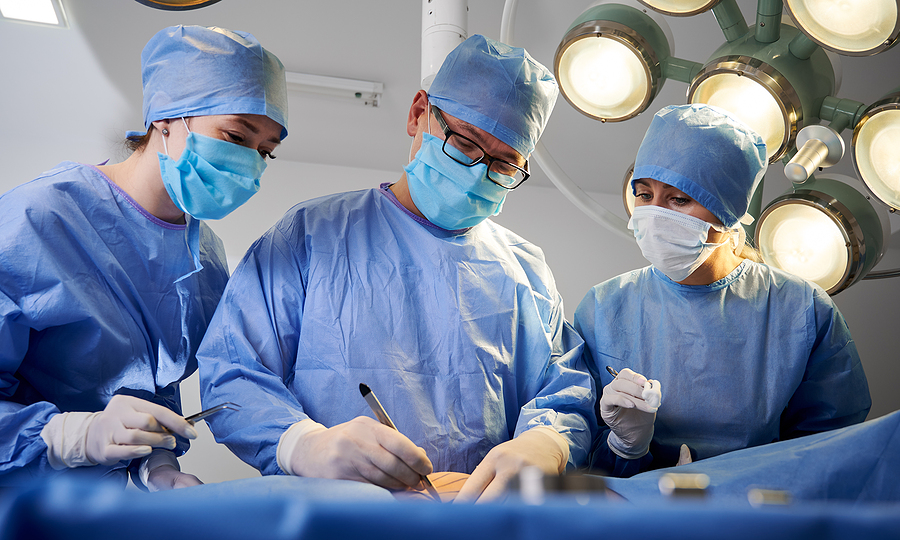
THERE ARE NO MINOR SURGERIES! EVERY SURGERY IS MAJOR!
An ideal candidate for liposuction and fat transfer is a young person with a small amount of fat in a specific area, perfectly healthy and tight skin, with no stretch marks, who is mentally 100% normal. This individual must have educated him/herself completely, understanding the nature of the procedure that he/she is about to undergo, its risks, benefits, alternatives, its limitations, and he/she must have completely reasonable expectations. This individual must listen to the surgeon’s preoperative and postoperative instructions well. He/she must follow them 100% perfectly. This individual must not have a predisposition to excess scar formation, and his/her physiology must be 100% perfectly conducive to excellent healing.
LIPOSUCTION COMPLICATIONS IN WOMEN WITH PREVIOUS PREGNANCY & ETC.
In most patients, the skin overlying the fat cells being removed is already stretched due to excess fat, previous pregnancies, and additionally has injuries and damages to the deep layer of skin such as stretch-marks, surgical scars, and others which would then result in poor retraction after liposuction. The failure of skin to retract perfectly and smoothly after liposuction would most likely result in hanging, loose, wrinkly, or unsightly skin after surgery, especially if the person has folds of skin and fat left behind and this creates indentations in the skin areas repeatedly for long periods of times when the individual in sitting position.
SKIN IRREGULARITIES
This could be much worse if the individual is prone to scar formation, as stated above, then deep bands of scars will be holding parts of the skin down to the deeper layers of the tissues, creating severe irregularities. No matter how skillfully the procedure has been done, there is nothing the surgeon can do about how the patient’s physiology heals. That is a huge disappointment for a perfectionist like me, who loves people and wants them to always be happy, pleased, and satisfied with the work I have done. I always give 100%, and often go way beyond the call of duty, just because even if my patients can’t afford certain things, I do the work anyway, because I want my results to be excellent. It is just who I am and how I feel about my work and how I always do things. However, the fact that I am not in control of a patient’s healing is the most frustrating part of cosmetic surgery. That is a huge variable that I can’t control, and ultimately it is the variable that controls almost 90% of the outcome.
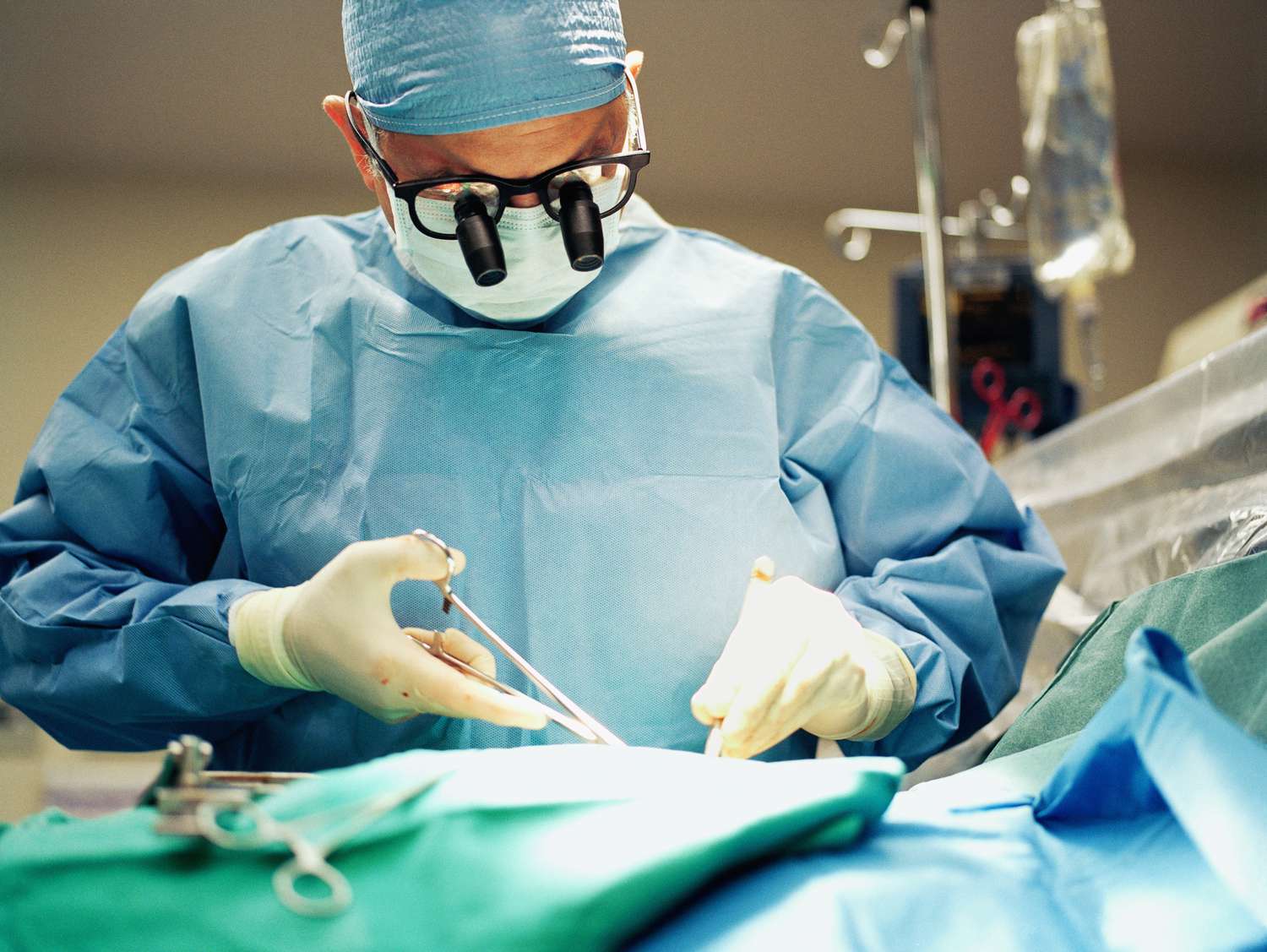
LUMPS & BUMPS
Additionally, fat cells that remain under the skin are not all implanted immediately after surgery. They are healthy fat cells that are mobile and floating around. They move around under the skin in the deep tissues through the deep channels that the cannulas have created and eventually depending on the patient’s body contours and folds, movements and clothing post-operative garments, and many other factors, get trapped and implanted under the skin. Once the fat cells are implanted, they do not implant equally and smoothly. They may congregate in one area a whole lot more than another area, and as the person gains a bit of weight again after surgery, suddenly, those areas where the fat cells had congregated would balloon up into a ball of fat (LUMPS AND BUMPS). If there are many of these balls and irregularities, intermixed with the irregularities of hanging skin due to lose skin secondary to childbirth and deep scars, the patient’s post-liposuction results can potentially be less than cosmetic.
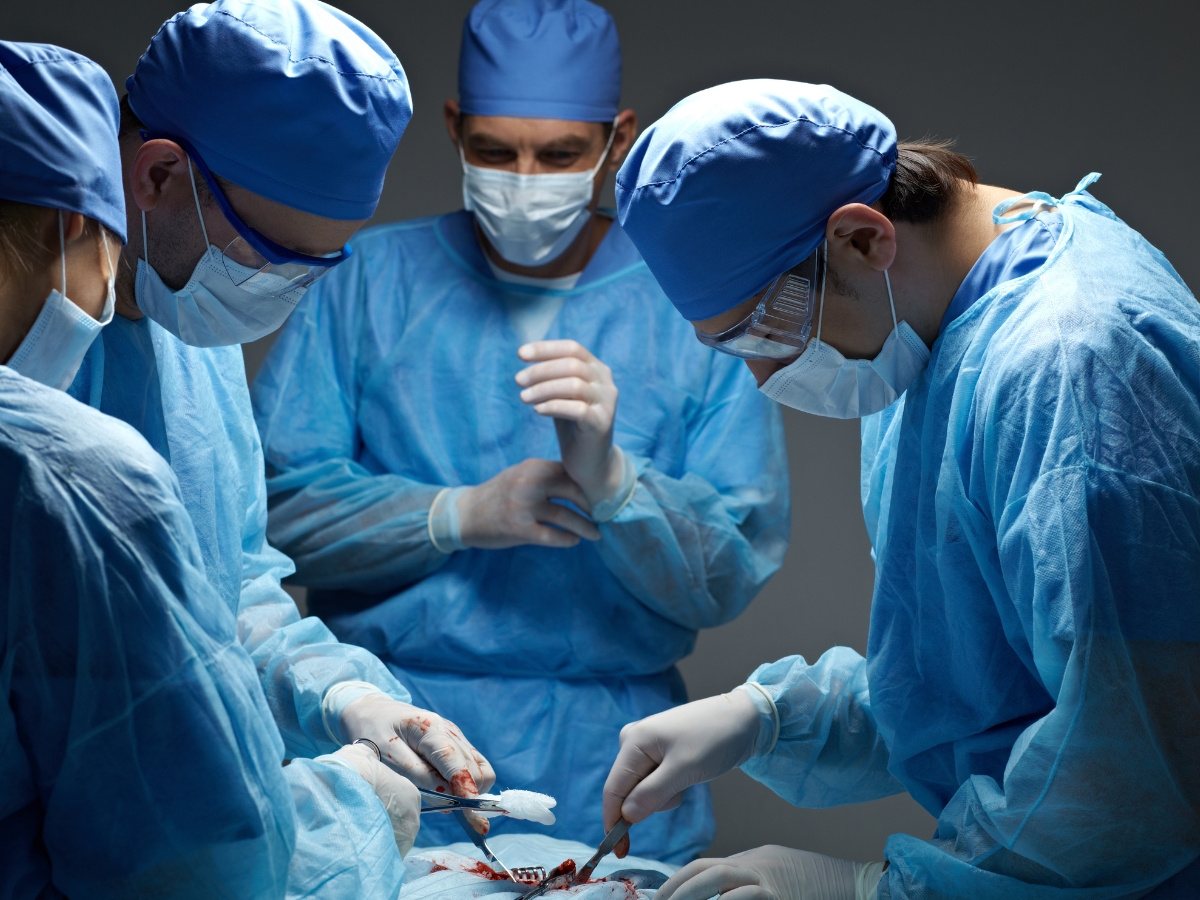
TOUCH UP SURGERY USUALLY IS NOT SUCCESSFUL
The problem is that the surgeon could attempt to touch up some of these balls of fat and remove them or smooth things out secondarily in a second surgery, but the patient may never get the results she is expecting. This is one of the curses of cosmetic surgery.
THE CHALLENGE OF COMBINING LIPOSUCTION WITH FAT TRANSFER
When you combine liposuction with fat transfer, as is a common procedure, again, another challenge presents itself. Fat cells that get transferred may not all survive equally, as much as desired or expected at all. In addition, don’t forget those patients that form extra scars. In those patients who are prone to forming scars, at a later time, the scars that form may pull the skin down and again cause in dentations and irregularities as well as dimpling and poor cosmetic results.
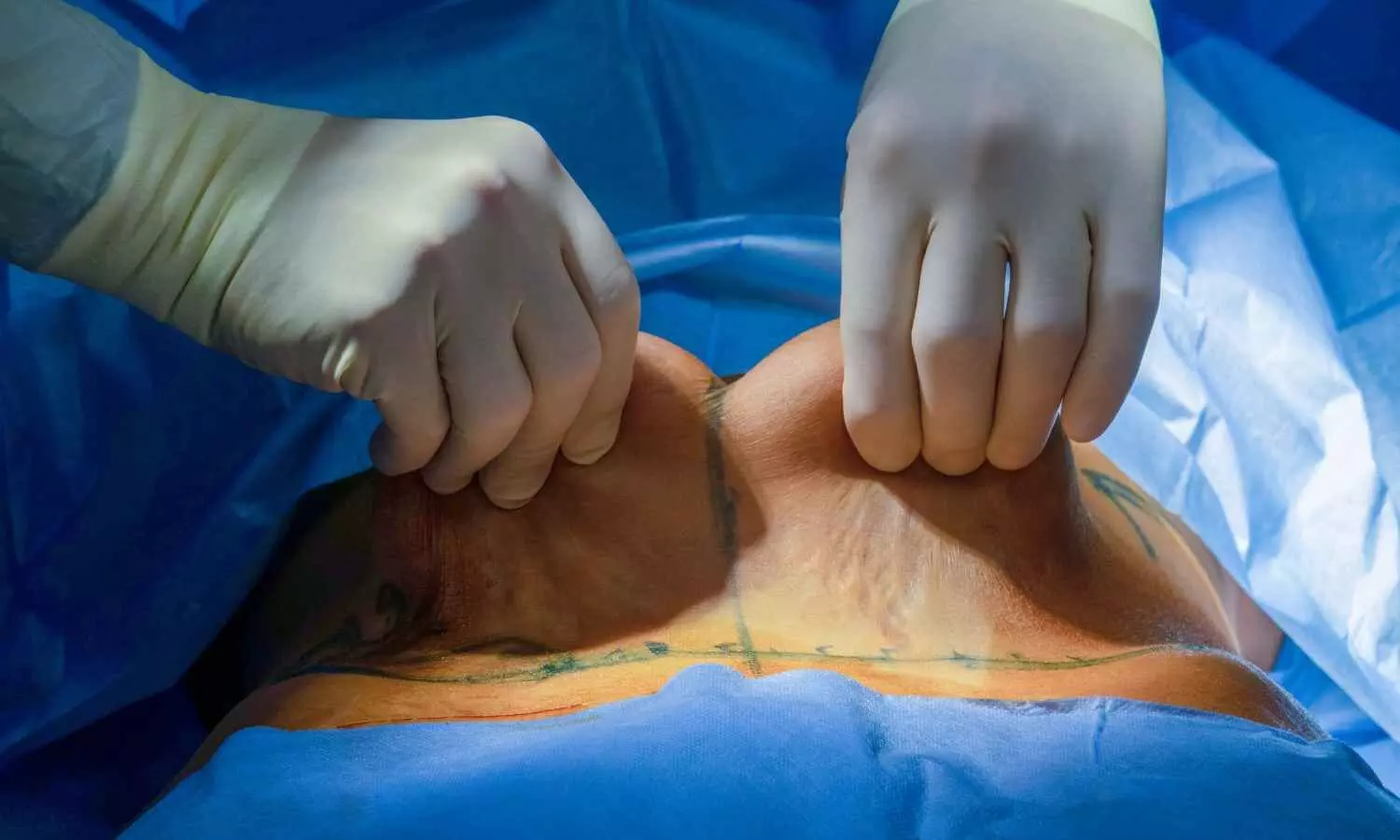
VOLUME LIMIT OF LIPOSUCTION & LIMITS OF PHYSIOLOGY
Another issue is that there is a limit as to how much fat can be removed safely. There is a legal and ethical as well as professional limit as to how much fat can be removed in the operating room. This is not a lot of fat. However, often, especially obese patients, expect the surgeons to remove a whole lot more than the legal limit despite how many times the surgeon explains what the legal limit is and how many times he/she helps explain what that limit may look like in her body, the patient may imagine that amount to represent a different outcome than the reality. This is a huge potential problem. Even though before the surgery, the patients may sign all the consents and documents and even agree with the surgeon and indicate that they understand the limits, but in their mind and heart, they are hoping that they will get the outcome they are imagining, which is why they are having the surgery in the first place! This is a set up for a disaster! Regardless of how much the surgeon tries and how great the outcome is, the chances are extremely high that the patient will not get the results he/she has imagined. Same thing applies to the fat transfer patients. These patients who have fat transfer may not have the exact outcomes that they were expecting no matter how skillfully the procedure was performed, all because, during the healing process, the patient’s physiology is in control and the surgeon is not.

EXAMPLE OF A TYPICAL CASE:
Now imagine an obese African American woman that you can imagine is 75 pounds or more overweight, has had multiple childbirths, has a lot of stretch marks and loose skin. Her skin is hanging and has folds of fat. She is prone to scar formation, has surgical scars, and does not listen to preoperative instructions, regardless of how many times the staff and the surgeon explain things, she does not pay attention to the details and she does not even bother to go and do her own investigation and educate herself, read, watch YouTube videos, have a consultation with other surgeons, nor does she have the level of understanding or the education to even understand all the idiosyncrasies of the surgeries she is about to have, and she does not wish to take personal responsibility for the potential complications and the outcome should they come to pass, instead decides to cast blame on others if they happen. She does not read the preoperative and postoperative instructions, and due to her limited education may not understand or choose to understand the seriousness of their accuracy so when she the first liposuction garment that she washed she hated it because it was too restrictive and dried, she wears her dance outfit that looks like the liposuction garment because “it looks just like the liposuction garment they are selling for so much more”. She only has one liposuction garment, and she hates it, so she prefers her dance outfit, so she prefers it because it is “more comfortable”. Then she ends up being upset because she expected to have beautiful curves and round, beautiful buttocks like her much younger sister, and she is extremely upset with her surgeon that she does not have ideal results.
Her skin does not heal perfectly, the scars under the skin cause her skin to retract, and the fat cells implant in clusters, causing lumps and bumps, and as she gains weight again, they create irregular contours. She ends up with irregular dimpling and all the things described above in the previous sections. Of course, the legal limit of fat removed is not nearly enough in her opinion for what she expected her surgeon to remove. She wanted her surgeon to remove enough fat “so that she could at least see a difference”. She feels cheated and upset. She paid all that money, not only she did not get thin, and beautiful like her sister, but she now looked worse. She goes around and writes on all social media, complains everywhere, tells her upset to everyone, comes back demanding her money back, and on top of that demanding a repeat surgery for free, and still after a free touch-up surgery, after which she gets some improvement, she goes around and continues to bad-mouth the surgeon and accuse him of all types of things and damages his/her good name and reputation.
Now what should the surgeon do? What could he/she have done? Prior to surgery, the patient claimed she understood all the risks, benefits, and alternatives and signed all the consents. She took all the preoperative and postoperative instructions home with her. She was given instructions about where to purchase the two liposuction garments: one for the day of surgery, and one for backup. After an excellent and eventless, perfect procedure, here we are!!! Many similar situations as described in the example above occur in the practice of cosmetic surgery, frequently. The point is, no matter what the variation, the surgeon could do his job perfectly well, and still, he can’t prevent all the problems, right?

CONCLUSION:
COMPLICATION IN COSMETIC SURGERY IS INEVITABLE. DOING SURGERY WILL RESULT IN COMPLICATIONS. THE ONLY WAY TO NOT HAVE COMPLICATIONS IS TO NOT DO SURGERY.
BY DEFINITION, IN THE BEST OF CIRCUMSTANCES, IN ANY SURGERY, THERE ARE A CERTAIN PERCENT RISK OF INFECTION, SCARRING, NERVE INJURY, BLEEDING, ETC.
THAT MEANS IF A SURGEON DOES THOUSANDS OF SURGERIES, THESE COMPLICATIONS ARE BOUND TO SHOW UP, AND THAT IS UNDER THE BEST OF CIRCUMSTANCES! NOW WHAT IF THE CIRCUMSTANCES ARE LESS THAN IDEAL?
Among many of the preventative methods, perhaps theoretically a couple of achievable methods of prevention of some complications are:
Surgeon’s careful patient-selection; procedure choice selection; educating the patients well about the preoperative and post-operative risks, and care plan; expectation management & under promising, among other surgical practice decision making routines…. and for
Patients to help prevent some of the complications include surgeon selection based on rapport, connection, professionalism and qualifications, self-education about the risks of the procedures, their causes of various complications, ways of preventing these complications and the chances of their occurrence in addition to preoperative as well as postoperative self-education. Research your plastic surgeon. Make sure your plastic surgeon has the proper licensure, training, experience, and board certification. You should also make sure that the facility where your surgery will take place is properly accredited, equipped and staffed.
You should ask your plastic surgeon about their experience with the specific procedure you would like to have specifically. Although a plastic surgeon may have over thirty years of Plastic Surgery experience, it does not necessarily mean that he has enough experience in the specific procedure you are interested in. Make sure that the procedure you are asking for is appropriate for your body type, genetics, and lifestyle. You can also ask your surgeon about his previous rate of complications with the procedure you are interested in having and how it compares to the national average, and if your situation puts you at any higher risk of complications. Be prepared to take notes and ask if you can record the visit.
Never hide any information from your surgeon and make sure you always answer all your surgeon’s questions honestly. When during your initial consultation process for cosmetic surgery, your surgeon and the staff ask you about your medical history, answer honestly about all your past medical conditions, current medical conditions and issues, past surgeries, health issues, symptoms, concerns, medications, or supplements that you take so your surgeon will have the most information about any possible complications. Your social life is also extremely important, and your lifestyle. Be honest even if you feel embarrassed to share, it is a must and after all you are about to risk your life, plus if you feel that you can’t confide in the surgeon you are about to have surgery with, ask yourself if he/she is the right surgeon for you? This one factor can save your life! Trust your gut feeling!
Who are the Patients Most at Risk of Complications?
You are at a greater risk of complications of cosmetic procedures if you:
- Are a smoker (Tobacco, Marijuana, or anything else)
- Have a weak immune system
- Are HIV positive or suffer from AIDS
- Do not have a healthy diet and make the right lifestyle choices
- You suffer from poor circulation, especially if in the area of the surgery
- You suffer from obesity, especially of your BMI is 30 or higher
- Have any chronic illnesses such as high blood pressure, diabetes, heart disease, or other conditions that may increase your risk of surgery, bleeding or anesthesi
- All Posts
- Uncategorized

Dr. Daniel Davidson, MD, MBA Introduction: The goal of success for businesses nowadays is to establish a global brand because…

Dr. Daniel Davidson, MD, MBA Introduction: Stem cells have captivated the imagination of scientists and the public alike for their…

Dr. Daniel Davidson, MD, MBA Introduction: Platelet-rich plasma (PRP), fat grafting, and dermal fillers made from natural sources are examples…
